A Holistic Approach to ADHD
Posted on March 24, 2010 by Debra Burdick
Why is it important to use a holistic approach to help a child with ADHD succeed? The first thing many parents of children with ADHD are told is that their child should take stimulant medications. For some children medication works very well and for others it does not. But even if medication works for a child, it does not address the whole child. First, it is essential that the child gets an accurate diagnosis. There are many possible causes of the symptoms of ADHD. And parents need to feed their child’s brain (and teach their child to feed their brain) a healthy diet, help them sleep well, learn to organize, regulate their behavior, get enough exercise, have a structured home life, and get appropriate accommodations in school. And parents need to take care of themselves, to define success for their child, and to learn what treatment options are available.
These Fourteen Steps have helped my clients with ADHD.
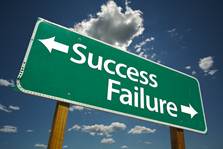 Step 1: Take Care of Yourself. If you don’t take care of yourself as a parent, you will not be able to take good care of your child. If you have ever flown over water, you have heard the stewardess demonstrate how to use the oxygen masks. Remember how they always say ‘if you are traveling with a child, place the mask over you own nose first and then put your child’s mask over your child’s nose’. The theory here is that if you don’t have oxygen soon enough you may pass out and you won’t be able to help your children get their masks on. But if you take care of yourself first then you will be able to help your children.
Step 1: Take Care of Yourself. If you don’t take care of yourself as a parent, you will not be able to take good care of your child. If you have ever flown over water, you have heard the stewardess demonstrate how to use the oxygen masks. Remember how they always say ‘if you are traveling with a child, place the mask over you own nose first and then put your child’s mask over your child’s nose’. The theory here is that if you don’t have oxygen soon enough you may pass out and you won’t be able to help your children get their masks on. But if you take care of yourself first then you will be able to help your children.
Step 2: Consider the Basis for Success. Step back and consider and understand how to recognize success. Define what success will look like for your child. Consider why your child is here, the meaning of their life, how you can foster their success in all areas. Address both the spiritual and practical components of success.
Most of us think about success in material ways. For example, what grades does your child earn, does their behavior embarrass you in public, is their emotional life stable and positive, and later on; what college do they get into, how much money do they make. We teach our children how to survive, compete, earn the approval of others, how to deal with disappointment and try again, how to overcome obstacles. These are certainly important.
But there are other important ways to measure success that are the foundation for success. These include: the ability to love, feel self confident, have compassion and empathy, the ability to feel joy and give it to others, the ability to know and understand that life serves a purpose, the ability to communicate well, the ability to love to learn, the ability to make wise and moral choices, and the ability to feel connected to others and to experience a connection to the universal creative power.
Step 3: Get an Accurate Diagnosis. The symptoms of ADHD may be caused by and/or worsened by other medical conditions or behavior problems. Your child may be suffering from food sensitivities, too much sugar or caffeine, allergies, chemical sensitivities, chronic illness, vision or hearing problems, heavy metal exposure, vitamin or mineral deficiencies, learning disabilities, chronic stress, anxiety, fear, swollen tonsils, a chaotic home life, or sleep deprivation including sleep apnea.
MD’s, APRN’s, and licensed mental health clinicians (LCSW, LMFT, LPC, PhD) are legally allowed to diagnose ADHD. Although teachers are not allowed to diagnose ADHD they will easily spot a child who is out of norm, who isn’t paying attention, and who is disruptive to the whole class.
Step 4: Get counseling and/or coaching for you and your child. Get some one-on-one help with the many issues you face as a parent of a child with ADHD. And get the emotional and practical support your child needs to thrive with ADHD. The risk of not treating or doing anything about your child’s ADHD is that here is a high incidence of co-morbidity (meaning occurring together) of ADHD and depression.
 Step 5: Consider Treatment Options. Besides counseling, two major options for treating ADHD are Neurofeedback and medication. Neurofeedback trains the brain to regulate itself better and often corrects the underlying brain wave patterns seen in ADHD. Neurofeedback meets the treatment guidelines of the Academy of Child and Adolescent Psychiatry for ADHD, depression, anxiety, reading disabilities, seizures, and addictions. Medication often effectively treats the symptoms of ADHD but does not correct the underlying issues.
Step 5: Consider Treatment Options. Besides counseling, two major options for treating ADHD are Neurofeedback and medication. Neurofeedback trains the brain to regulate itself better and often corrects the underlying brain wave patterns seen in ADHD. Neurofeedback meets the treatment guidelines of the Academy of Child and Adolescent Psychiatry for ADHD, depression, anxiety, reading disabilities, seizures, and addictions. Medication often effectively treats the symptoms of ADHD but does not correct the underlying issues.
Step 6: Feed Your Child’s Brain. Learn how nutrition and diet impacts your child’s brain, behavior, and success. Studies repeatedly demonstrate the importance of eating a healthy diet. Your child’s diet can have a significant impact on his brain, his health, his concentration, his behavior, his sleep, and his ADHD symptoms.
Step 7: Get Your Child to Exercise. Get your child moving to help him function better in every area of his life. Studies show a direct relationship between the amount of exercise a child gets and the severity of their ADHD symptoms. Incorporate exercise into your daily/weekly routine for you and your child.
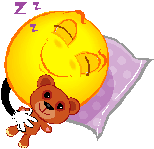 Step 8: Get Your Child to Sleep. Good sleep is essential to learning and optimal functioning. Children with ADHD often have trouble settling down to go to sleep. And stimulant medications often interfere with sleep. Understand the benefits of good sleep and how to establish a healthy bedtime routine, a comfortable bedroom, and options for getting your child to sleep.
Step 8: Get Your Child to Sleep. Good sleep is essential to learning and optimal functioning. Children with ADHD often have trouble settling down to go to sleep. And stimulant medications often interfere with sleep. Understand the benefits of good sleep and how to establish a healthy bedtime routine, a comfortable bedroom, and options for getting your child to sleep.
Step 9: Improve Your Child’s Behavior and Relationships. Learn how to manage your child’s behavior, get rid of negative behavior and increase appropriate behavior. Help your child have better, healthier relationships.
Step 10: Organize Your Child’s Life. Disorganization is a hallmark of ADHD. It is essential that you organize and teach your child to organize all areas of their life including their space and their time.
 Step 11: Help Your Child be A Successful Student. Work with the school to get services for your child. A child diagnosed with ADHD may qualify for special accommodations in the classroom. And help your child with study skills and organization.
Step 11: Help Your Child be A Successful Student. Work with the school to get services for your child. A child diagnosed with ADHD may qualify for special accommodations in the classroom. And help your child with study skills and organization.
Step 12: Exercise Your Child’s Brain. Brain exercise can be extremely helpful for a child with ADHD. Understand the importance of brain exercise and choose high quality brain fitness programs.
Step 13: Limit TV. Studies show that brainwave patterns of a child passively watching TV resemble those of a child with ADHD. Understand how TV affects your child’s brain and provide healthy guidelines for watching TV.
Step 14: Teach Your Child to Meditate. Learn the benefits of meditation to help your child control his ‘monkey brain’. Learn to meditate. Teach your child to meditate and find options for adding it into your child’s life.
I would love to hear your personal experiences with this topic.
Categories: ADHD, Anxiety, Articles, Chronic Illness, Depression, Neurofeedback, Sleep

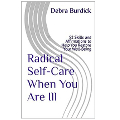
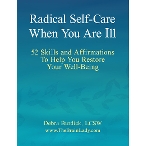
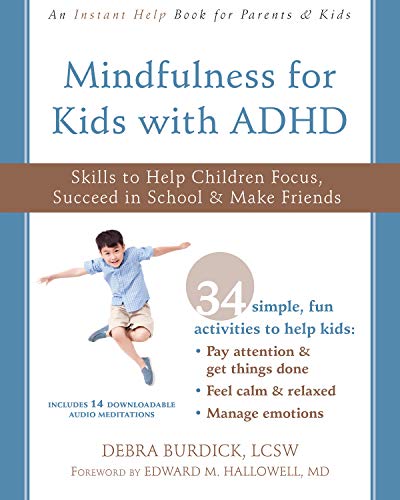
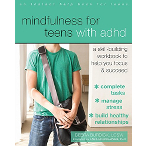
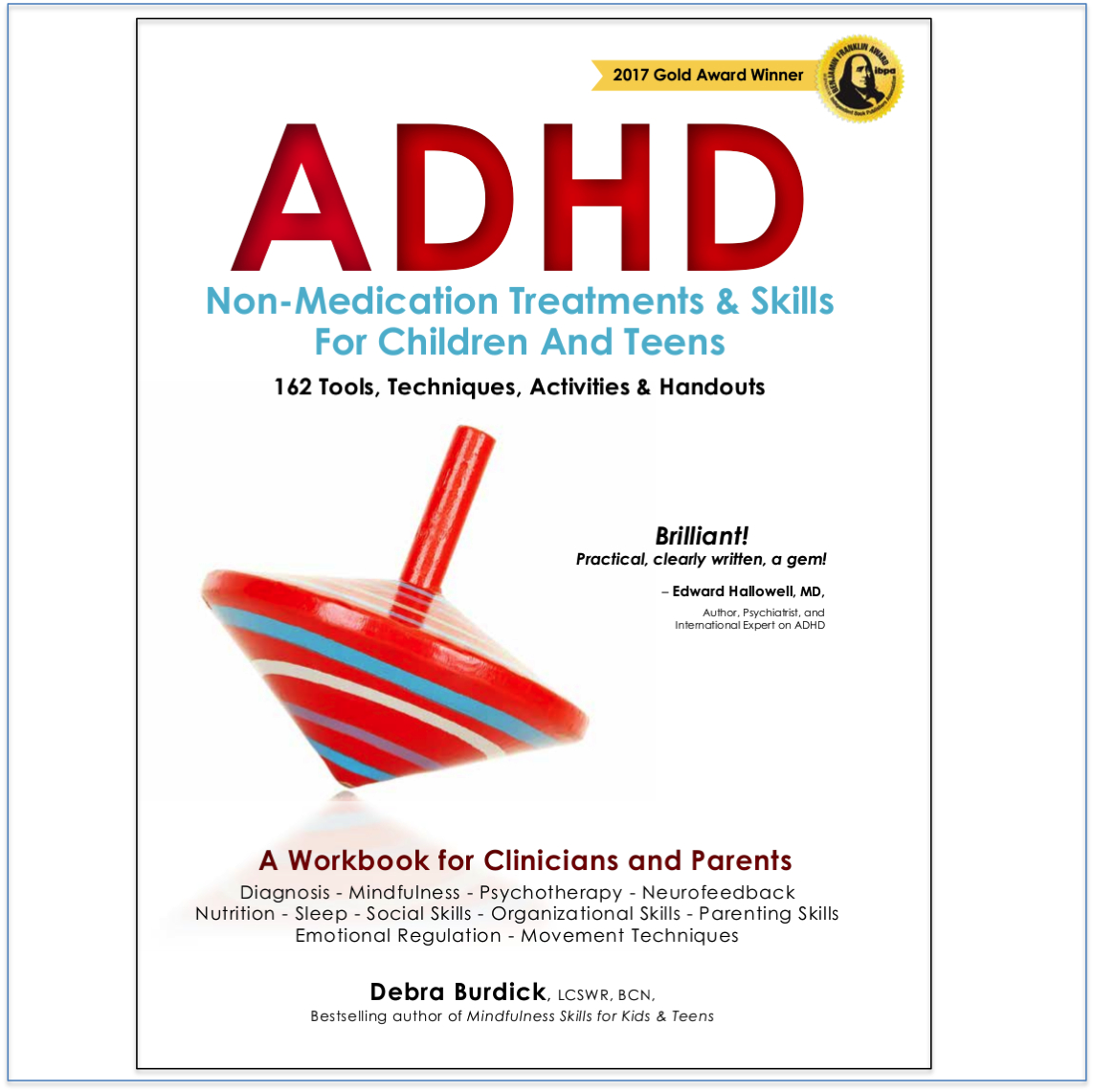
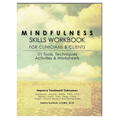
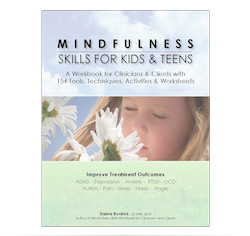
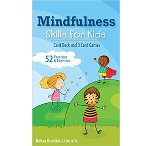
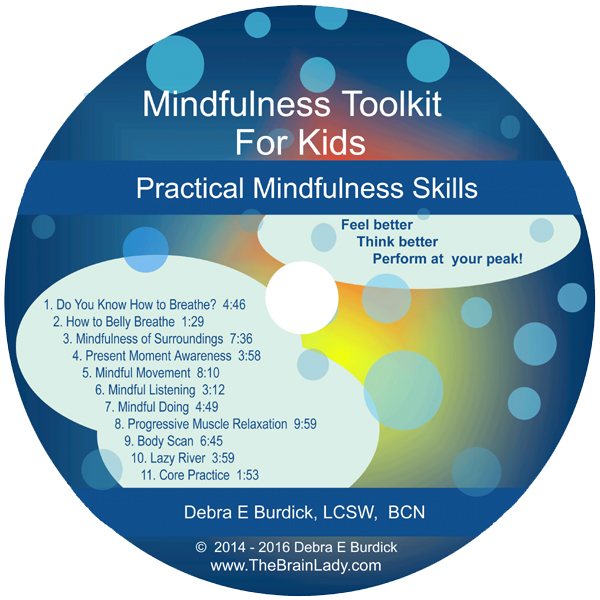
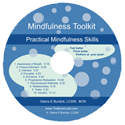
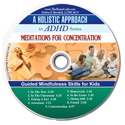
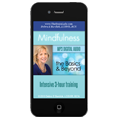
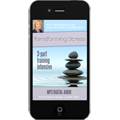
No comments yet. You should be kind and add one!
The comments are closed.